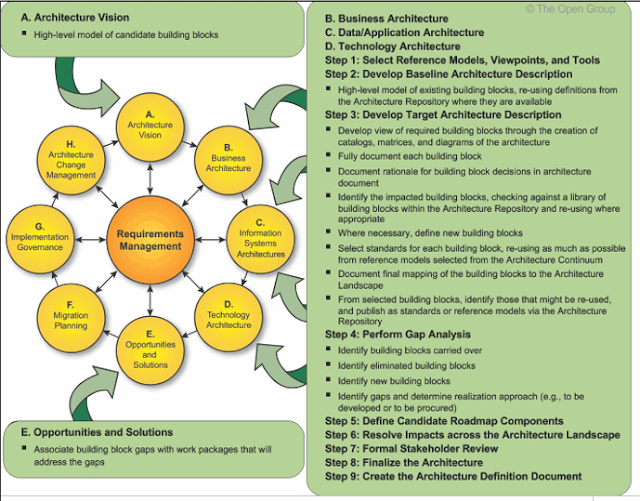What is Scalability?
Scalability is the ability of a system, network, or process to handle a growing amount of load by adding more resources. The adding of resource can be done in two ways
Scaling Up
This involves adding more resources to the existing nodes. For example, adding more RAM, Storage or processing power.
Scaling Out
This involves adding more nodes to support more users.
What is a Cluster?
App Server Cluster
An app server cluster is group of machines that can run a application server that can be reliably utilized with a minimum of down-time.
Database Server Cluster
A database server cluster is group of machines that can run a database server that can be reliably utilized with a minimum of down-time.
Why do you need Clustering?
What is MiddleTier Clustering?
What is Load Balancing?
Optimize resource usage (Avoid overload and under-load of any machines.)
Achieve Maximum Throughput
Minimize response time
Most common load balancing techniques in web based applications are
Round robin
Session affinity or sticky session
IP Address affinity
What is Session replication?
What is Sticky Session (session Affinity) Load Balancing? What do you mean by 'session Affinity'?
Sticky session or a session affinity technique another popular load balancing technique that requires a user session to be always served by an allocated machine.
Why Sticky Session?
In a load balanced server application where user information is stored in session it will be required to keep the session data available to all machines. This can be avoided by always serving a particular user session request from one machine.
How It Is Done?
What Are The Issues With Sticky Session?
There are few issues that you may face with this approach
The client browser may not support cookies, and your load balancer will not be able to identify if a request belongs to a session. This may cause strange behavior for the users who use no cookie based browsers.
In case one of the machine fails or goes down, the user information (served by that machine) will be lost and there will be no way to recover user session.
What is IP Address Affinity technique for Load Balancing?
What is Fail Over?




